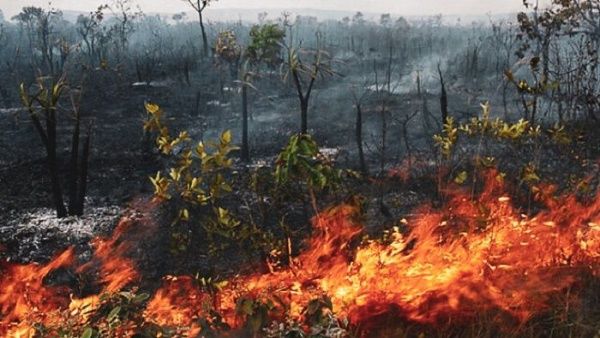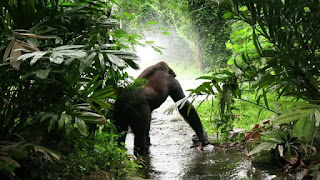What is deforestation?
Deforestation is considered a process caused by human activity focused on cutting down and burning trees; in which the entire forest area of any type of environment is destroyed, either for reasons of timber industry as well as for obtaining land for agriculture or for mining or livestock purposes, respectively.


























